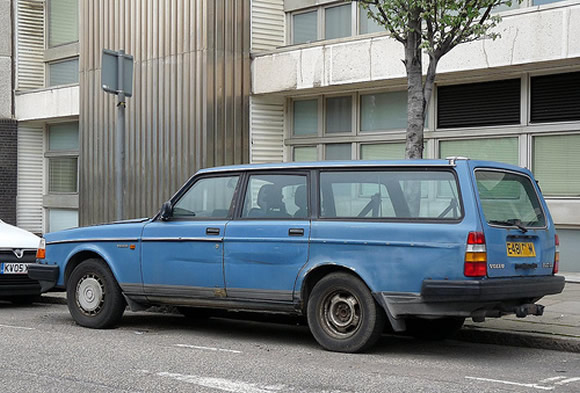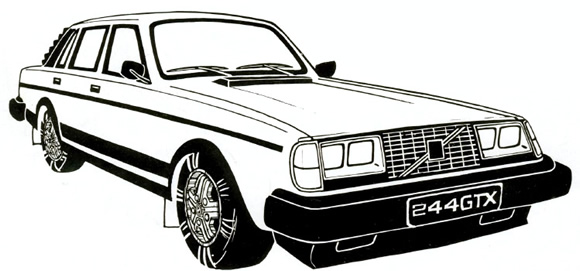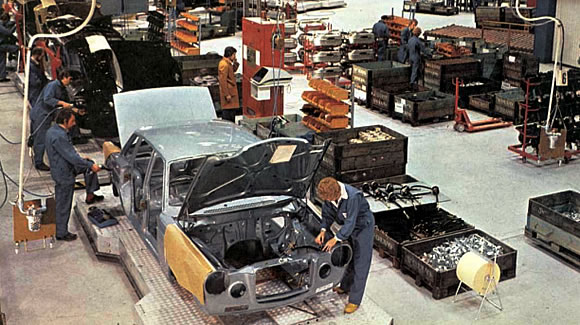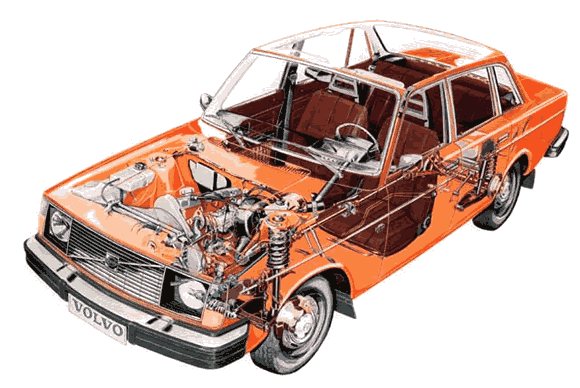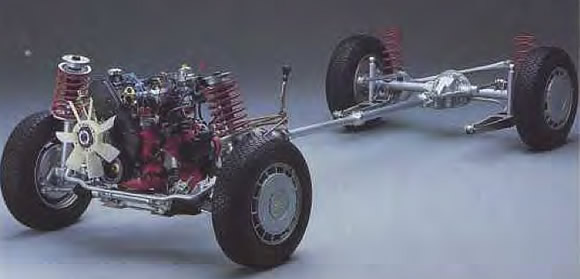
Once again CNN Money’s Alex Taylor III writes an odd article based on a ridiculous premise that goes nowhere. While we previously heard him pontificate about station wagons, this time Taylor III writes of what he calls the “Curse of the Volvo 240“.
After writing about how the 240 has achieved a cult-like status as the lovable loser of the auto world, he then documents the decline of the Swedish company after the model was discontinued. He gives a basic history lesson that includes the attempt to shape Volvo as a luxury brand, the buyout by Ford in 1999 and the current resting place within the stable of China’s Zhejiang Geely Holding Group.
Rather than examining how the 240 cemented the brand’s reputation for safety and reliability, creating a “halo effect” that helped lift the public’s perception of subsequent models, Taylor III writes of the “bad luck” the company endured as it moved away from boxy and homely to sleek and luxurious. He sees the decline in sales as the result of a “jinx”, rather than a series of poor decisions by management and an inability to provide consumers with cars that are affordable and smart.
By allowing branding focus groups to guide decision making, Volvo lost an opportunity to exploit the niche, devoted following their company had established. The resulting decline is sales wasn’t from some weird, supernatural phenomenon; it was from the experience of consumers and their ability to see that the magic was gone. Alex Taylor III has it exactly backwards.

